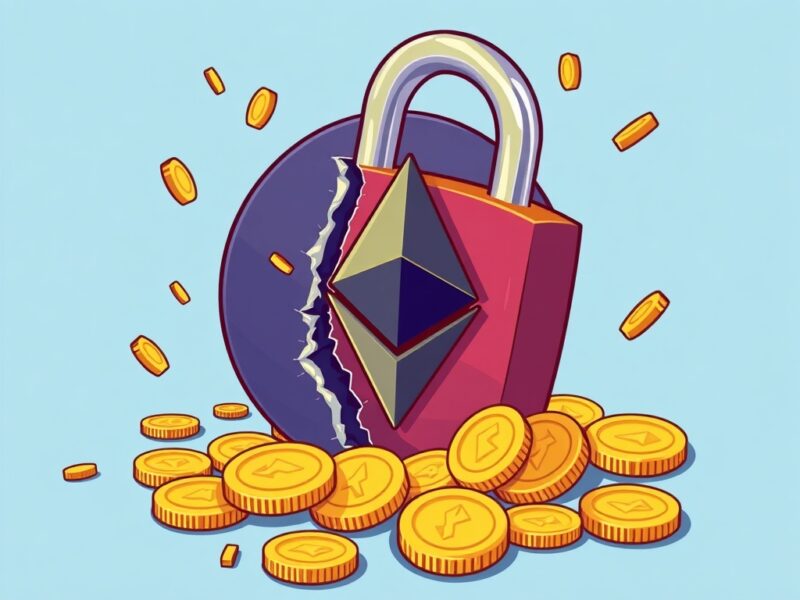Ethereum revenue, the share of network fees that accrue to Ether (ETH) holders as a result of token burns, dropped by about 44% in August, even amid all-time high ETH prices.
Revenue for August totaled over $14.1 million, down from July’s $25.6 million, according to Token Terminal. The drop occurred amid ETH rallying by 240% since April and ETH hitting an all-time high of $4,957 on August 24.
Network fees also dropped by about 20% month-over-month, falling from about $49.6 million in July to about $39.7 million in August.
Ethereum monthly revenue figures. Source: Token TerminalMonthly Ethereum network fees fell by an order of magnitude following the Dencun upgrade in March 2024, which significantly lowered transaction fees for layer-2 scaling networks using Ethereum as a base layer to post transactions.
The network’s dwindling fees and revenues have sparked debate about the viability of Ethereum, with critics saying that the layer-1 smart contract platform has unsustainable fundamentals and proponents arguing that it is the backbone of the future financial system.
ETH prices hit all-time highs in August 2025. Source: CoinMarketCapRelated: Ether ETFs post straight week of outflows amid slight price dip
Ethereum courts institutional interest in 2025
The Ethereum network has had an eventful 2025, as the community pitches the blockchain platform to Wall Street firms and ETH public treasury companies emerge, driving up ETH prices to all-time highs.
Etherealize, an advocacy and public relations firm that markets the Ethereum network to publicly traded companies, announced that it completed a $40 million capital raise in September.
Matt Hougan, the chief investment officer (CIO) at investment firm Bitwise, told Cointelegraph that institutional and traditional financial investors are drawn to Ether’s yield-bearing features.
“If you take $1 billion of ETH and you put it into a company and you stake it, all of a sudden, you’re generating earnings. And investors are really used to companies that generate earnings,” Hougan said.
These firms are exploring staking Ethereum — locking up their ETH tokens to secure the network — earning a yield for providing validation services to the layer-1 blockchain smart contract platform.
Magazine: How Ethereum treasury companies could spark ‘DeFi Summer 2.0’
Source: https://cointelegraph.com/news/ethereum-revenue-drops-44-percent-august-all-time-high?utm_source=rss_feed&utm_medium=feed&utm_campaign=rss_partner_inbound

